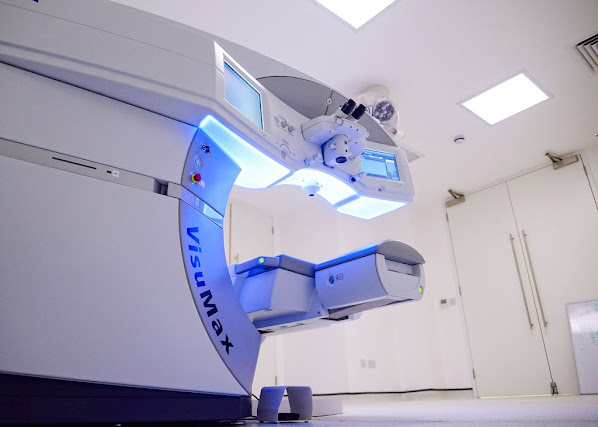The Best Technology For Laser Eye Surgery

The choice of the best technology for laser eye surgery often depends on the specific needs and characteristics of the individual undergoing the procedure. Several advanced technologies are commonly used, and the best one may vary based on factors like the patient's prescription, corneal thickness, and overall eye health. Some notable technologies include: Femtosecond Laser Technology Femtosecond laser technology represents a significant advancement in the field of ophthalmic surgery, particularly in laser eye surgery. Utilising ultra-fast laser pulses measured in femtoseconds (one quadrillionth of a second), this technology allows for unprecedented precision and control in creating corneal incisions and reshaping the eye's surface. In procedures like LASIK, the femtosecond laser is used to create a thin, precise corneal flap, replacing the traditional mechanical blade and significantly reducing the risk of complications. The exceptional accuracy of femtosecond lasers also en...
